Amanda Green and Julie Arsenault
We met at a Science Teacher’s conference 6 years ago and were immediately drawn to each other’s passion for STEM Education and space exploration. As junior high teachers in Canada, we like to explore new ways to teach kids while solving problems and overcoming real-world challenges.
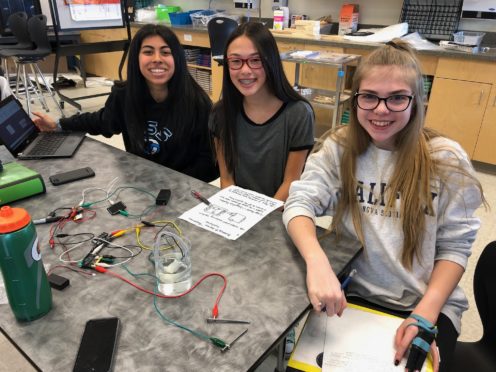
Inspired by our Canadian astronaut heroes and the book/movie “The Martian” we wanted to help students test whether plants could grow in Mars and lunar simulant regolith. We began planning for a series of curricularly-based projects with space as our “spark” for learning. Included in our plans was the introduction of block-based coding using micro:bits to program devices that would save energy for our space colony. Such projects required significant funding to initiate and be sustainable, so we had to be creative! Fortunately, we were awarded grants from both APEGA’s Innovation in Education Awards and Inside Education’s A+ For Energy.
Of all of the projects we have undertaken, both individually and together, this one was the most daunting because we really were the facilitators since neither of us had more than a basic understanding of block coding and the capabilities of Micro:Bits (these pocket sized computers and maker of technology magic). This was truly a project where we had to learn along with the students.
Using Micro:Bits we had kids learn about building circuits and then design systems for basic sensors that eventually evolved into full-blown automated plant care systems! The sense of accomplishment from that “Eureka!” moment after a week of failure, redesigning and patching together ideas from a variety of sources was incredible!
We were also trying to figure out how to power the Micro:bits using solar energy. We pillaged old solar lights, connected multiple cells, and tested current and voltage with light levels throughout the day. No matter what we did we could not get a micro:bit to power using our solar battery. Thanks to our friends on Twitter we discovered solar managers, which regulate the current and voltage coming from the solar cell. When we hooked it all up and saw the micro:bit light up, we all cheered!
Now that we’d conquered these two major feats, the floodgates opened! We watched in amazement as students completely engaged in true computational thinking. They could now look at source code, reason what the function was and translate that to a completely different system. By the end of the project we had student coded automated, solar-powered systems for water, light, CO2 warning, temperature and fire suppression!
We love sharing what we do and, hopefully, encouraging others to take chances, even if they’re unsure of the outcome. Our school districts have included us in developing Micro:Bit and EdTech websites with excellent educator resources we are very proud of.
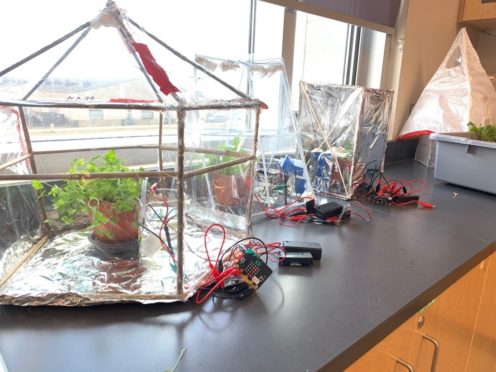
Honestly after the intensity of these projects we toyed with the idea of taking a year “off” of large-scale projects, but what fun would that be? Facilitating these projects, despite being nervous, helped us to be more confident in tackling things we weren’t as sure of. We’ve already modeled collaboration together so well for our students, we want to also continue to model risk-taking as well. So, again with support from APEGA and Inside Education, we will be taking on new coding and design challenges in the coming year – stay tuned!
Be sure to follow Amanda and Julie on twitter!
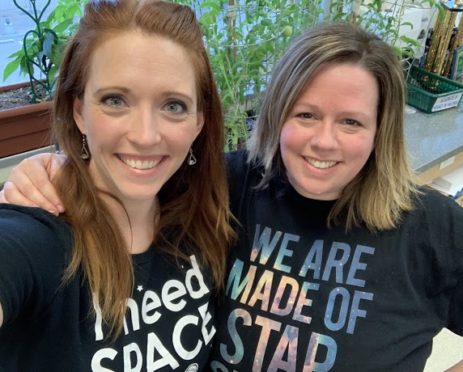
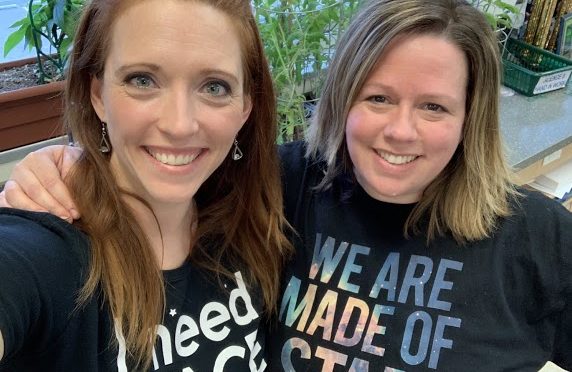
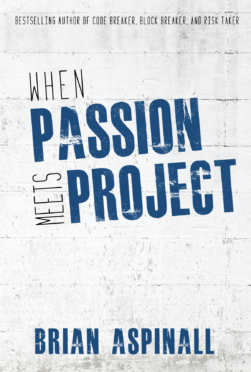 For all the kids who grow up in a small town and think they don’t stand a chance. You do. I was once that kid.
For all the kids who grow up in a small town and think they don’t stand a chance. You do. I was once that kid.